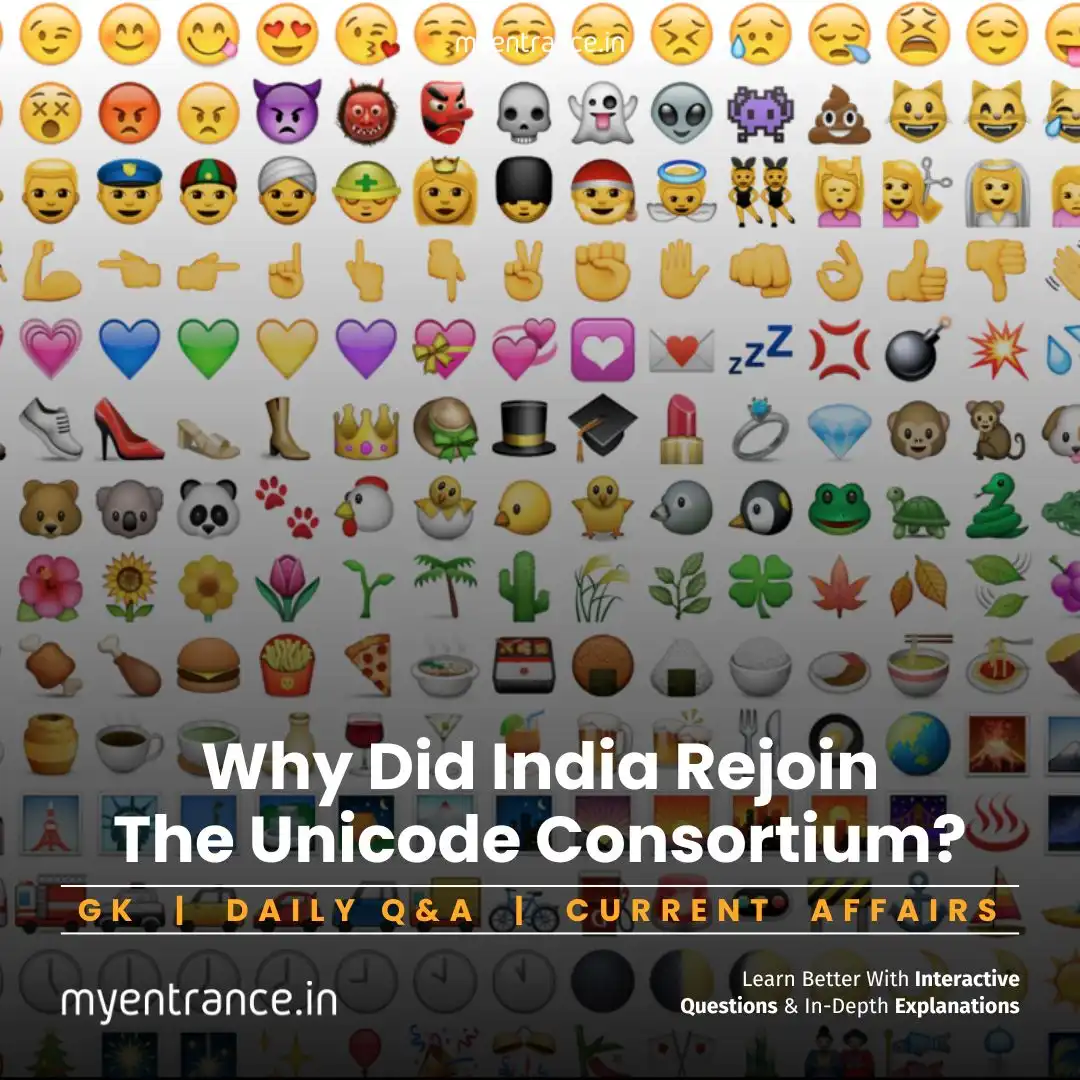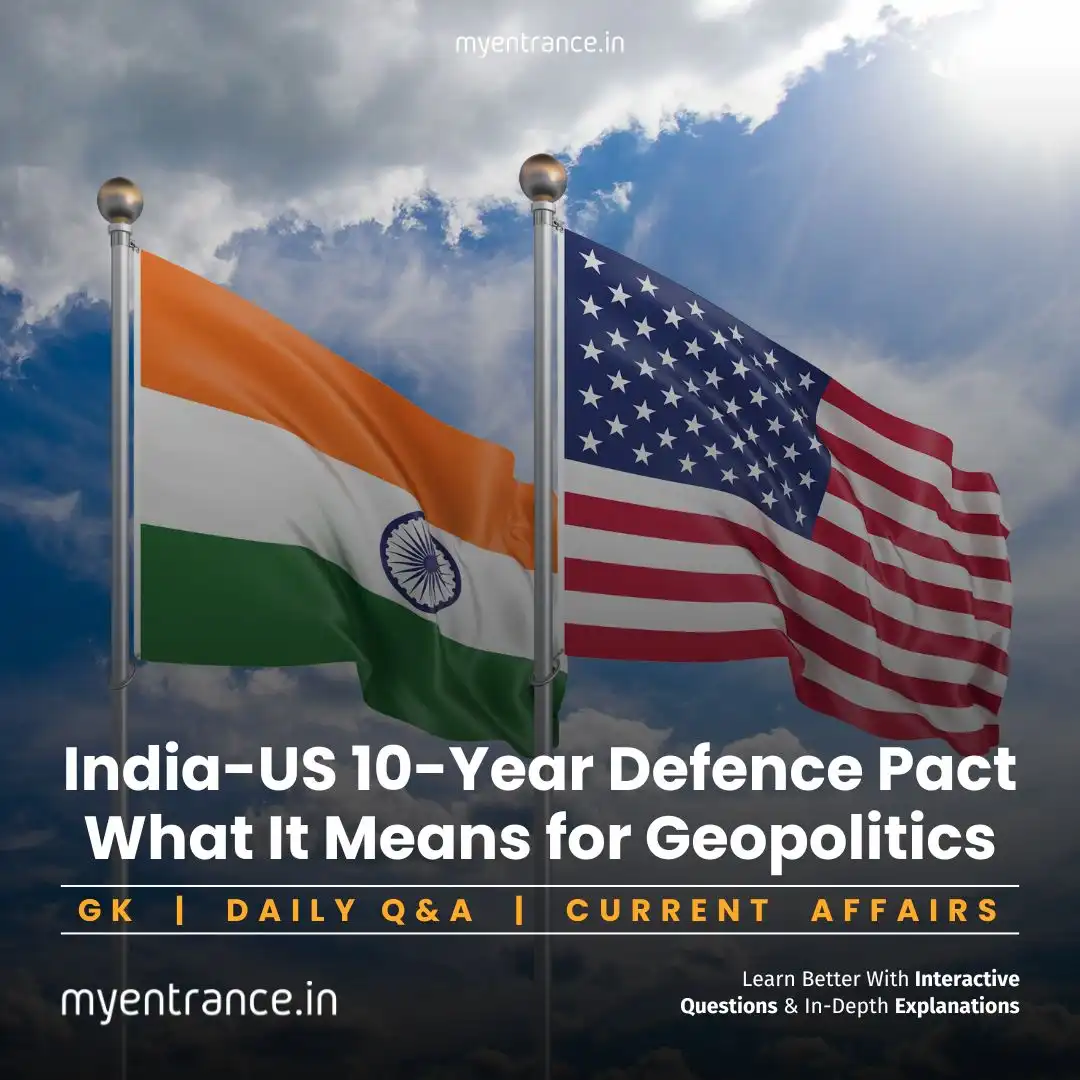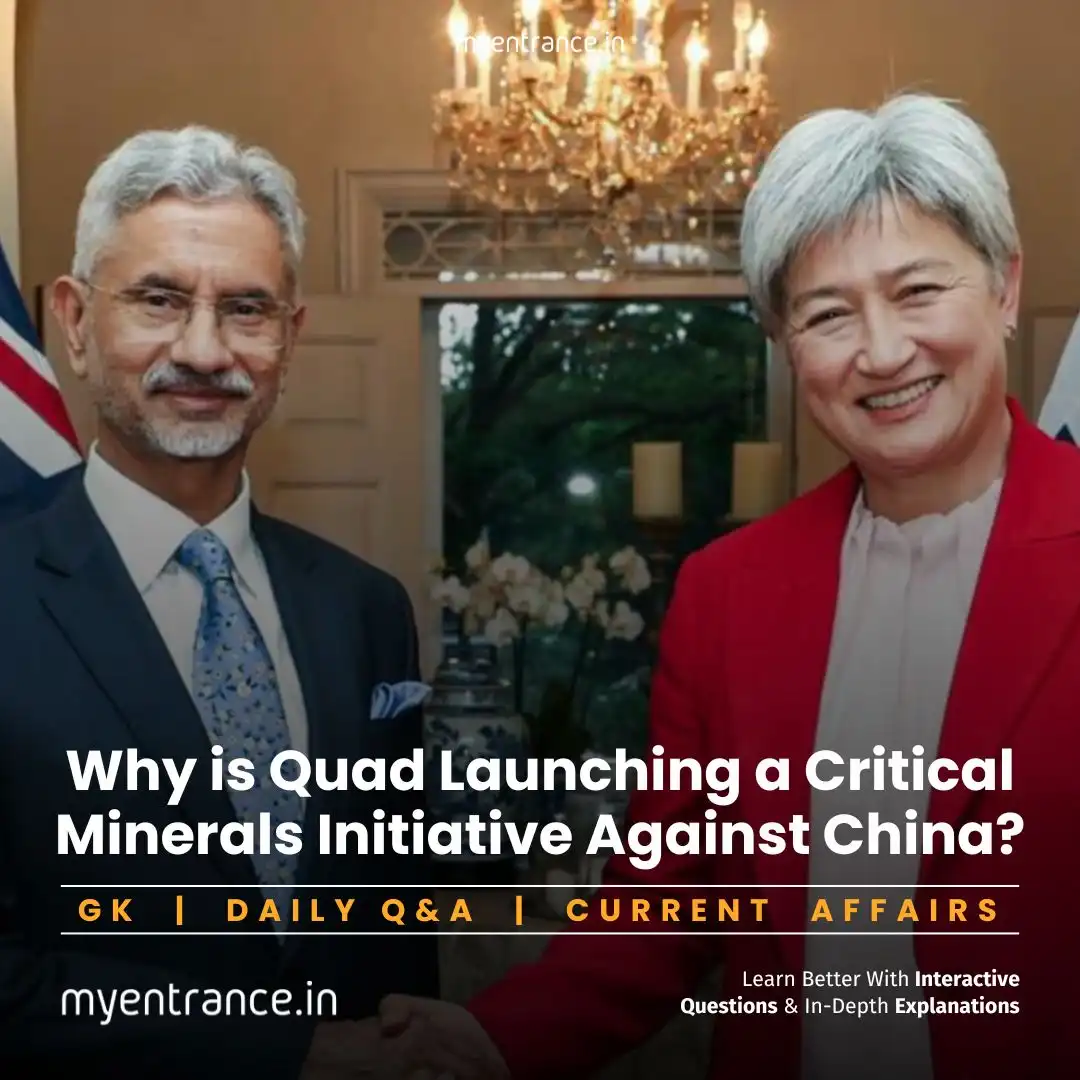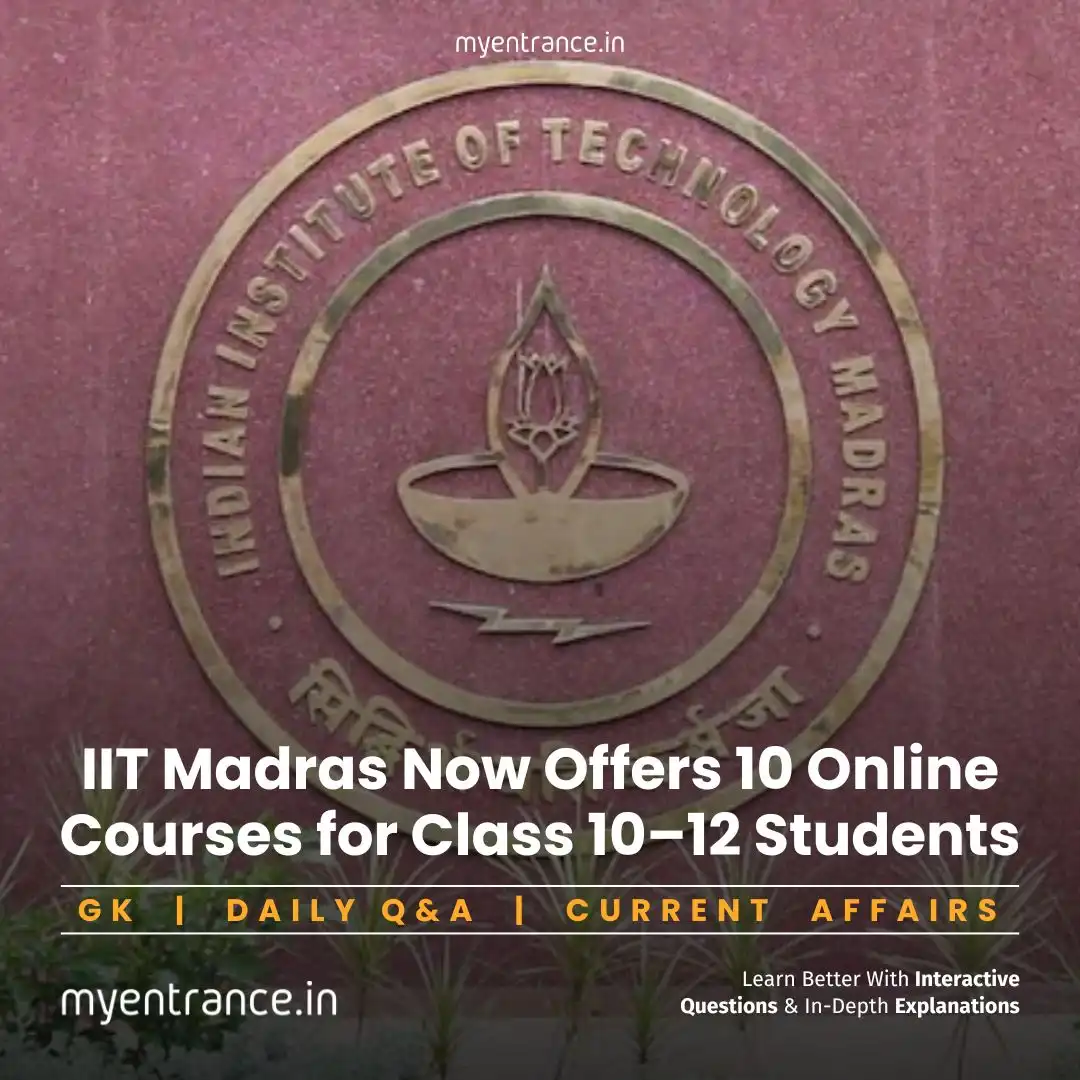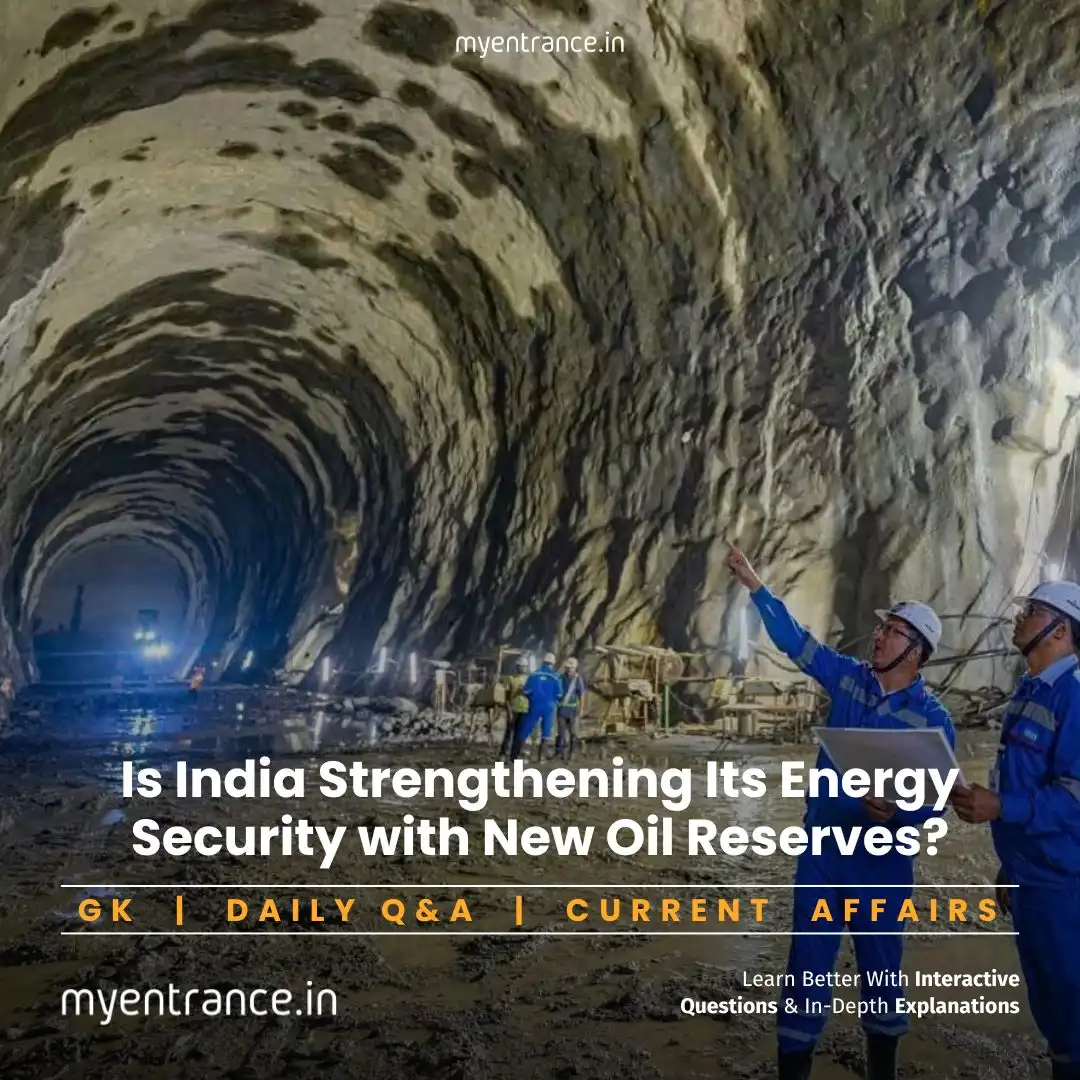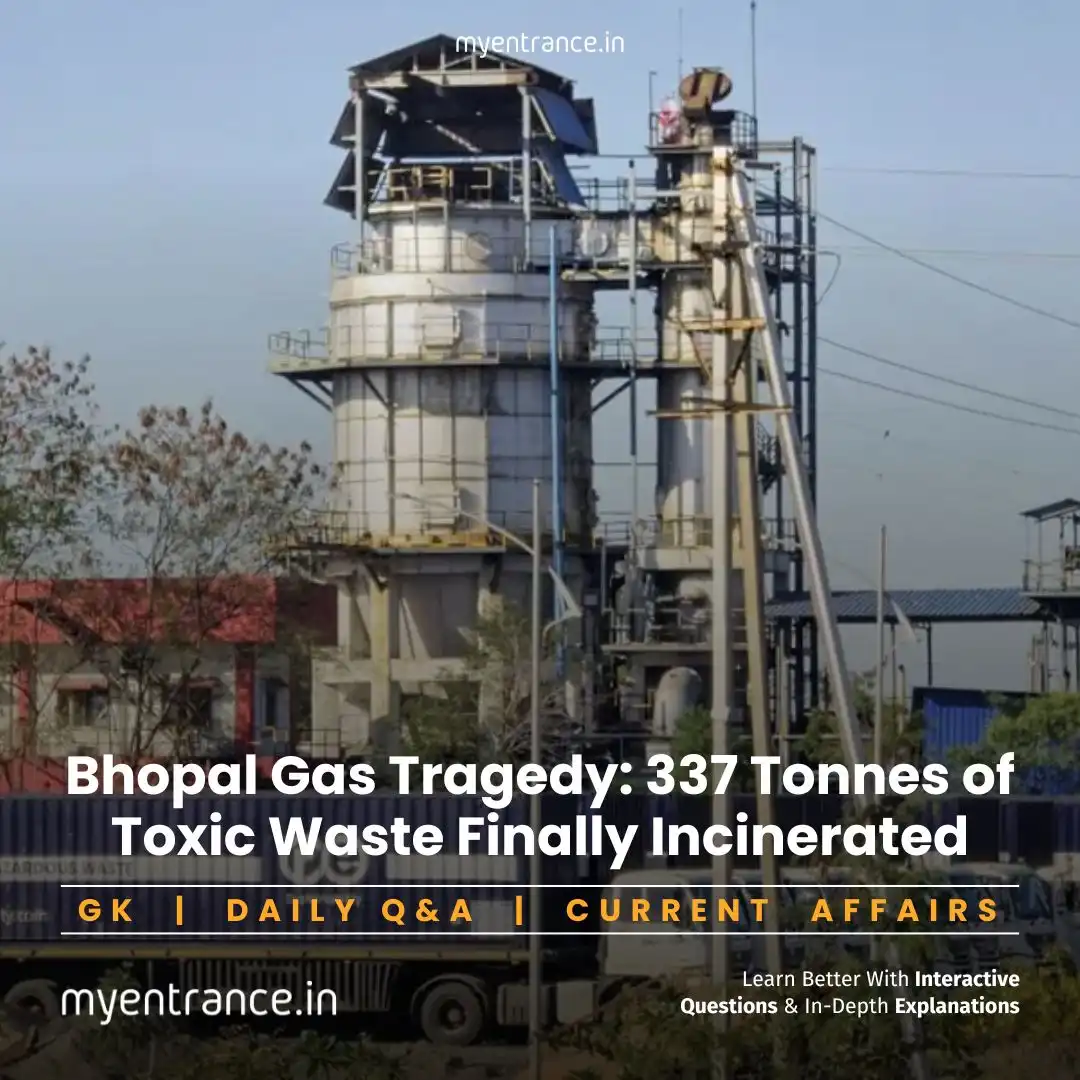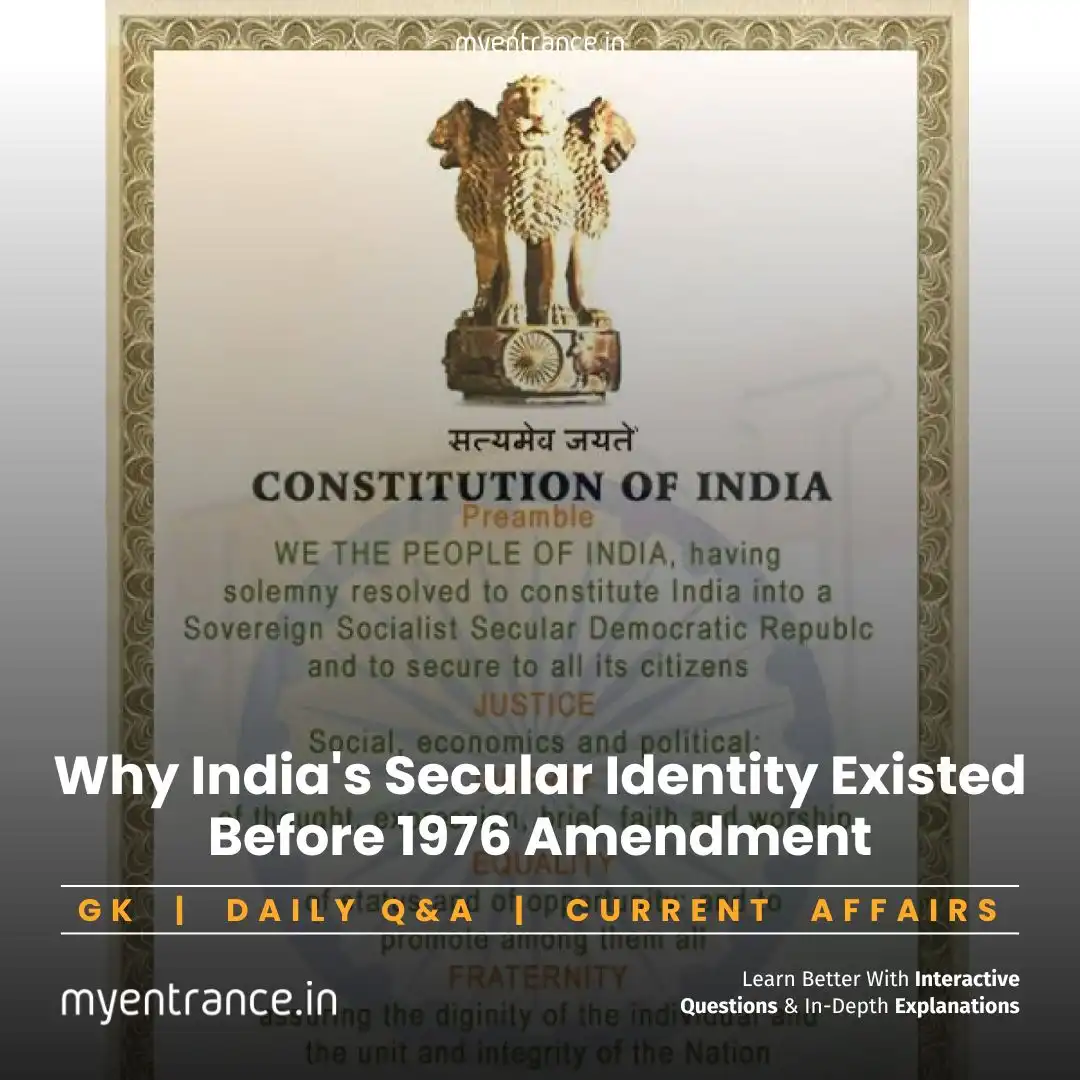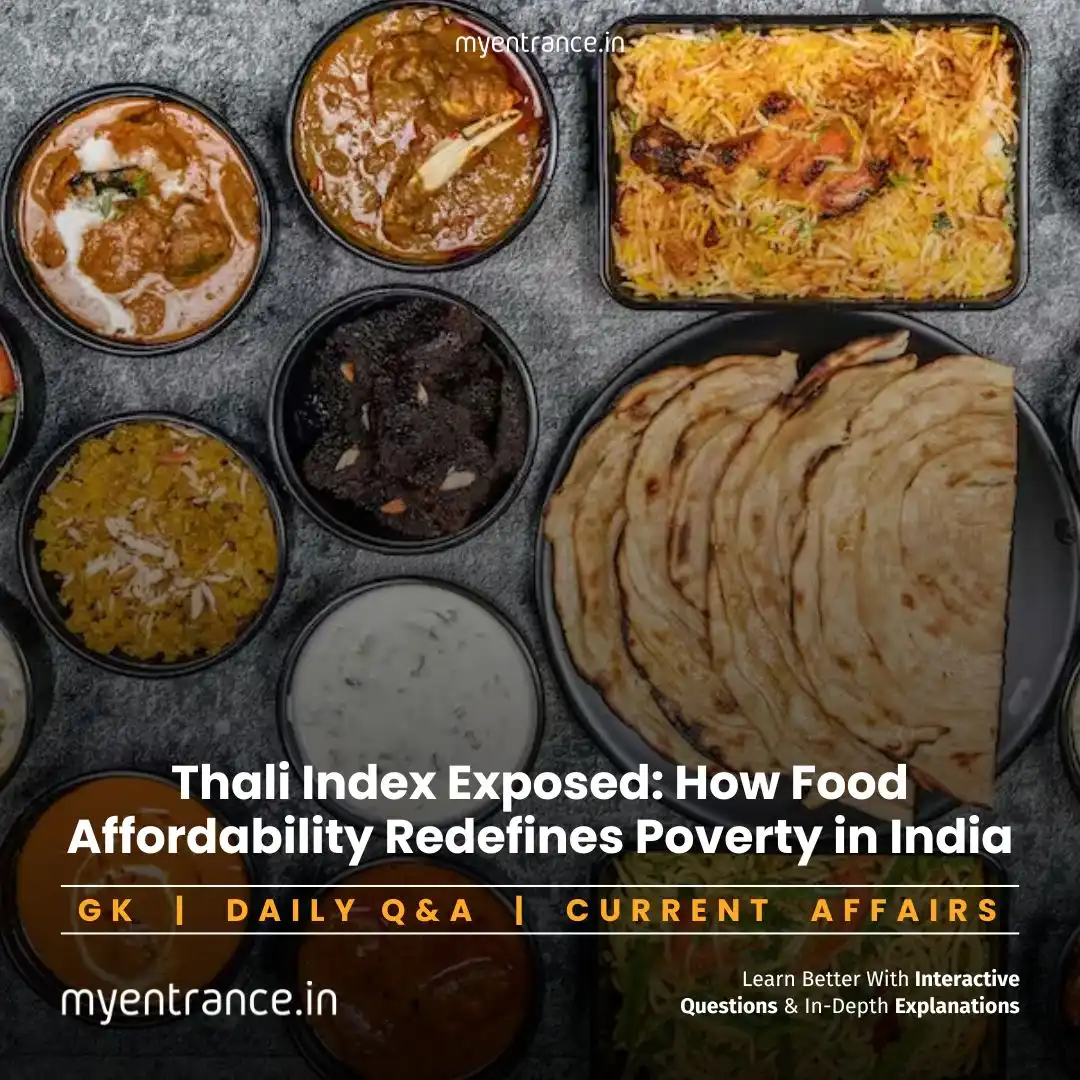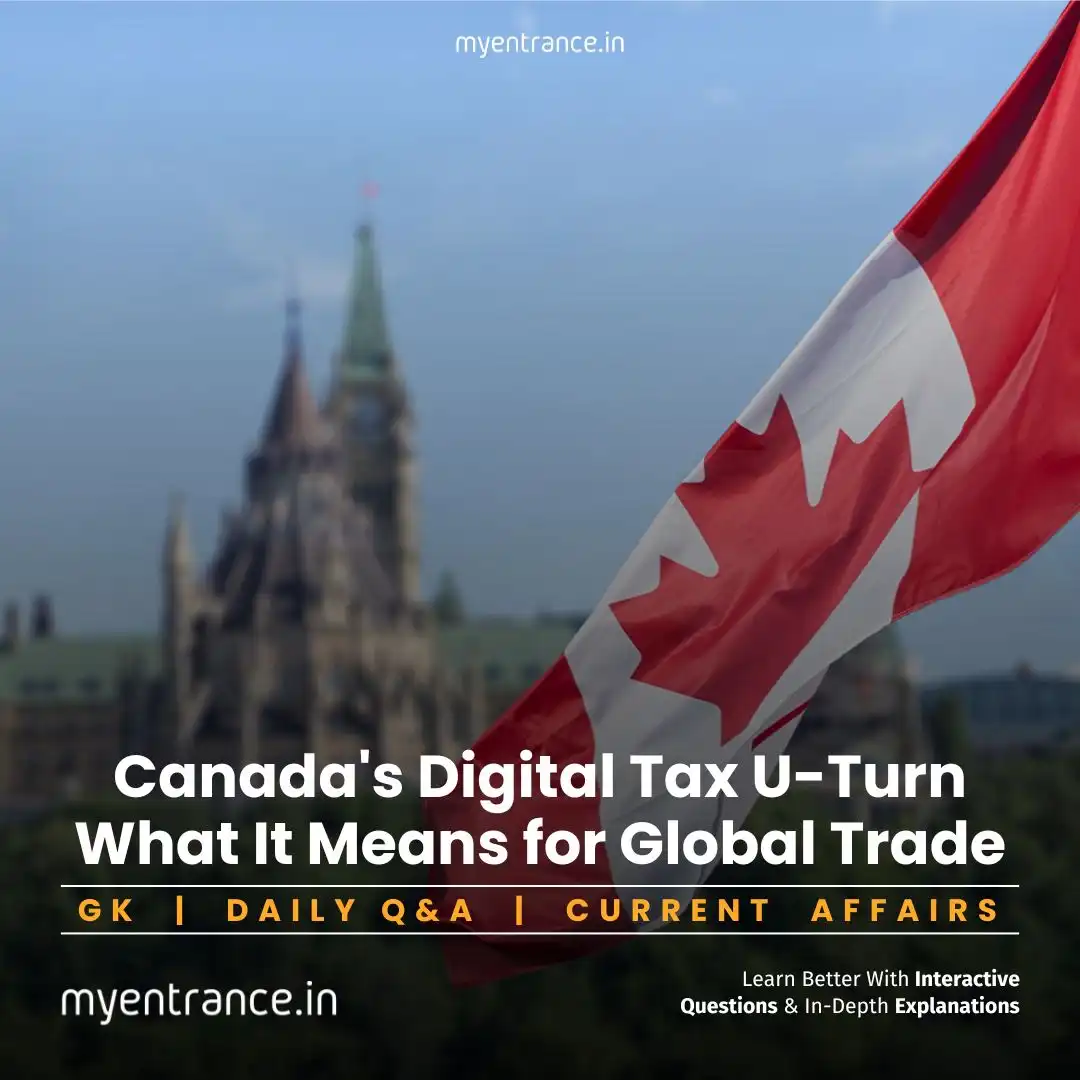Select Language
India’s Economic Growth at Risk? RBI Governor Flags External & Climate Challenges
India’s economy shows robust growth, but the RBI cautions against looming threats from global spillovers and climate events. Understanding these risks is crucial for acing competitive exams.
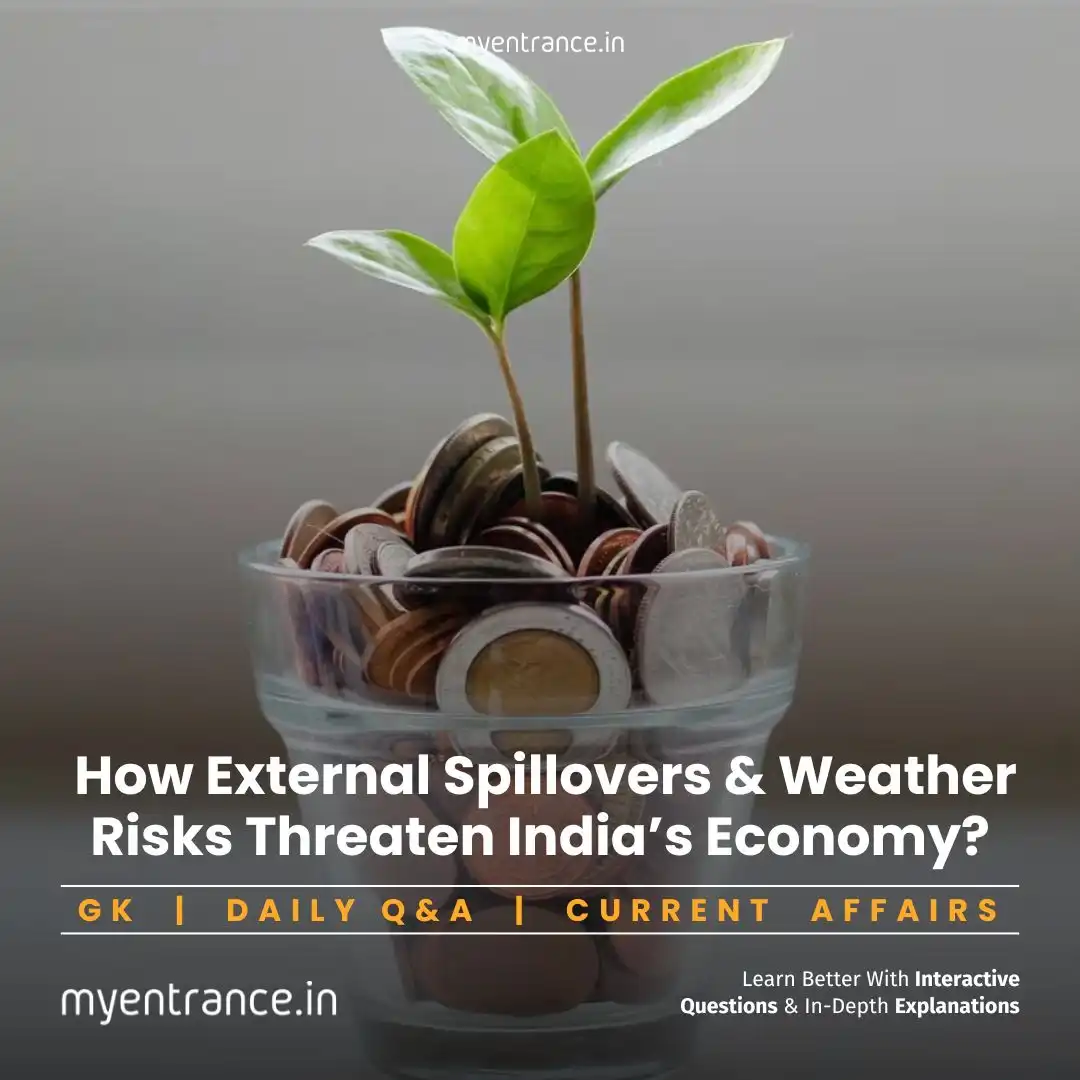
In June 2025, RBI Governor Sanjay Malhotra sounded a cautious note: while India’s economy remains a global powerhouse fueled by solid domestic drivers and prudent policies, it faces significant headwinds. Two key risks dominate the outlook:
External spillovers: Think global trade wars, geopolitical tensions (like new U.S. tariffs), or recessions in major economies that indirectly hit India’s exports, investments, and supply chains.
Weather shocks: Droughts, floods, or erratic monsoons disrupt agriculture, spike food prices, and dent rural incomes – a critical concern for inflation control.
Despite these challenges, the RBI projects 6.5% GDP growth for FY2026 and highlights bright spots:
Inflation dipped to a 6-year low of 2.8% in May 2025, comfortably within the RBI’s 2–6% target band.
The Monetary Policy Committee (MPC) remains vigilant, using tools like repo rates and liquidity management to balance growth and price stability.
Why the MPC Matters:
The MPC, a 6-member statutory body, is India’s inflation watchdog. Its mandate? Keep CPI inflation at 4% (±2%) using instruments like:
Repo Rate (interest charged to banks)
Reverse Repo Rate (earned on bank deposits with RBI)
MSF (emergency loans for banks)
Why This Matters for Exams:
This topic anchors key syllabus areas:
Prelims: Economic Development (sustainability, inflation, poverty).
Mains GS-III: Resource mobilization, growth challenges, monetary policy.
Questions on RBI’s roles, inflation metrics (CPI vs. WPI), or MPC’s structure frequently appear in SSC, PSC, and banking exams. Ignoring current updates like the June 2025 policy could cost you marks!
Sample Q&As for Exam Prep:
Q: What are “external spillovers,” and how do they affect India’s growth?
A: External spillovers are global events (e.g., U.S. tariffs or recessions) that indirectly hurt India’s trade, investments, and supply chains, slowing GDP growth.
Q: Why did RBI Governor label weather events a “downside risk” to growth?
A: Droughts/floods disrupt farming, spike food prices, and reduce rural demand – amplifying inflation and denting economic expansion.
Q: What is the MPC’s primary objective?
A: To maintain CPI inflation at 4% within a ±2% band using monetary policy tools like repo rates.
Q: How does RBI measure inflation in India?
A: Via the Consumer Price Index (CPI), which tracks price changes in a basket of goods/services used by households.
Q: What was India’s headline inflation rate in May 2025?
A: 2.8% – the lowest since February 2019.
Get 3 Months Free Access for SSC, PSC, NIFT & NID
Boost your exam prep!
Use offer code WELCOME28 to get 3 months free subscription. Start preparing today!
